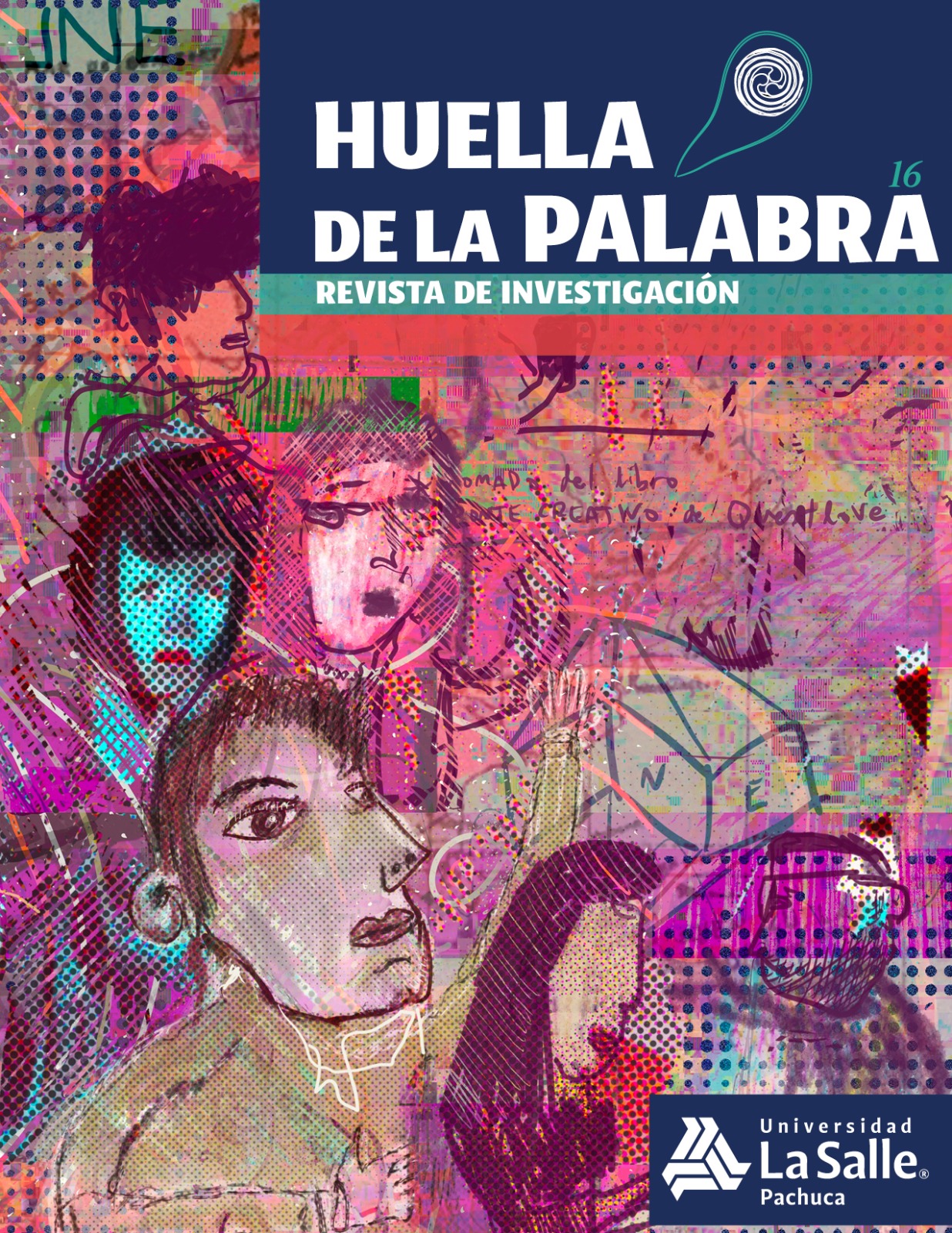WHAT IS BEHIND FEMINICIDAL VIOLENCE AND HOW IS THE ISSUE ADDRESSED IN MEXICO?
DOI:
https://doi.org/10.37646/huella.v16i16.564Keywords:
femicide, violence against women, visibility, regulatory frameworks, lawAbstract
In this text, the topic of femicide will be addressed, comprehensively analyzing the angles, aspects and perspectives that underlie it, also relating them to different misconceptions that, far from helping to make the problem visible, completely depoliticize it. Various approaches, proposals and discourses (with their implicit regulatory frameworks) will also be exposed, and I will link them with violence against women from a philosophical and judicial sphere, of investigation, attention and prevention.
Downloads
References
Albarrán, J. (2015). Referentes conceptuales sobre femicidio/feminicidio: Su incorporación en la normativa jurídica venezolana. Comunidad y Salud 13(2), pp. 75-80. http://ve.scielo.org/scielo.php?pid=S1690-32932015000200010&script=sci_abstract
Álvarez, Á. (2021). Comparecencia de Ángeles Álvarez. Congreso de los Diputados de España.
Armand, I. (1920). La obrera en Rusia Soviética. (Traducido directamente de: Bulletin Communiste, 1er año, no. 17, 8 de julio de 1920, páginas 12-15). https://www.marxists.org/espanol/armand/la-obrera-sovietica.pdf
Bloom, S. (2008). Violence against women and girls: a compendium of monitoring and evaluation indicators. USAID / East Africa.
Castañeda, M.; Ravelo, P. y Pérez, T. (2013). Feminicidio y violencia de género en México: omisiones del Estado y exigencia civil de justicia. Iztapalapa. Revista de Ciencias Sociales y Humanidades, (74), pp. 11-39.
CEDAW. (1993). Declaration on the Elimination of Violence against Women. United Nations. https://www.ohchr.org/en/instruments-mechanisms/instruments/declaration-elimination-violence-against-women
Corsi, J. (2012). La violencia hacia las mujeres como problema social. Análisis de las consecuencias y de los factores de riesgo. Fundación Mujeres.
Corte Interamericana de Derechos Humanos. (2009). Caso González y otras. Campo algodonero vs. México. Sentencia de 16 de noviembre de 2009 (Excepción preliminar, Fondo, Reparaciones y Costas), Serie C No. 205, Corte Interamericana de Derechos Humanos (Corte IDH). https://www.corteidh.or.cr/docs/casos/articulos/seriec_205_esp.pdf
Fundación Juan Vives Suriá. (2010). Lentes de género: lecturas para desarmar el patriarcado. Fundación Editorial El perro y la rana.
González, B. (1999). Los estereotipos como factor de socialización en el género. Comunicar, (12). https://www.redalyc.org/articulo.oa?id=15801212
INMUJERES. (2020). Protocolo para la prevención, atención y sanción de hostigamiento sexual y acoso sexual. Secretaria de la Función Pública / Instituto Nacional de las Mujeres.
León, Stella. (2008). El feminismo filosófico en España: entrevista a Celia Amorós. ISEGORÍA Revista de Filosofía Moral y Política, (38), pp. 197-203. DOI: https://doi.org/10.3989/isegoria.2008.i38.413
ONU Mujeres. (2014). Modelo de protocolo latinoamericano de investigación de las muertes violentas de mujeres por razones de género (femicidio/feminicidio). ONU Mujeres / OACNUDH.
Puleo, A. (2000). Filosofía, Género y Pensamiento Crítico. Secretariado de Publicaciones e Intercambio Editorial de la Universidad de Valladolid.
Rea, D. y Carrión, L. (2014). Así matan a las mujeres en México. [Sitio web] Cosecha Roja. http://cosecharoja.org/asi-matan-a-las-mujeres-en-mexico/
Russell, D. y Harmes, R. (2006). Feminicidio: una perspectiva global. Diversidad Feminista.
Tenenbaum, H. y Leaper, C. (2003). Parent-child conversations about science: The socialization of gender inequities? Developmental Psychology, 39(1), pp. 34–47. https://doi.org/10.1037/0012-1649.39.1.34 DOI: https://doi.org/10.1037//0012-1649.39.1.34
UNAM. (2020). COVID-19 y género. UNAM. https://cieg.unam.mx/covid-genero/cifras-violencia.php
Downloads
Published
How to Cite
Issue
Section
License
Copyright (c) 2022 Mariel Idelette López Ballesteros

This work is licensed under a Creative Commons Attribution 4.0 International License.
Authors who publish with this journal agree to the following terms:
- Authors retain copyright and grant the journal right of first publication with the work simultaneously licensed under a Creative Commons Attribution License 4.0 that allows others to share the work with an acknowledgement of the work's authorship and initial publication in this journal.
- Authors are able to enter into separate, additional contractual arrangements for the non-exclusive distribution of the journal's published version of the work (e.g., post it to an institutional repository or publish it in a book), with an acknowledgement of its initial publication in this journal.
- Authors are permitted and encouraged to post their work online (e.g., in institutional repositories or on their website) prior to and during the submission process, as it can lead to productive exchanges, as well as earlier and greater citation of published work.









